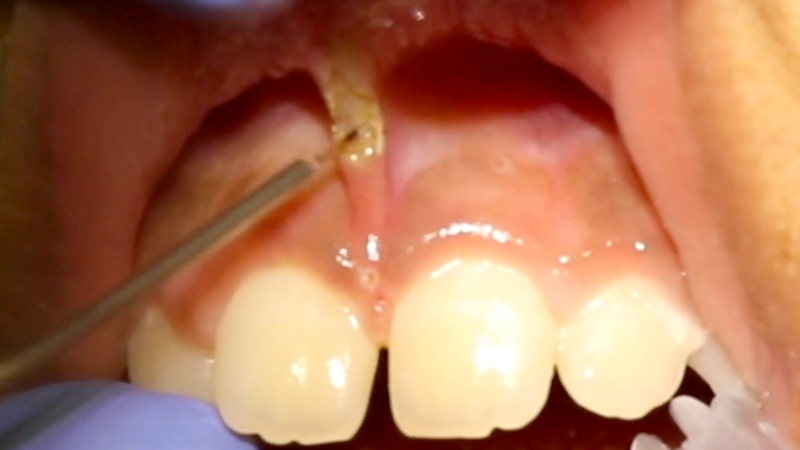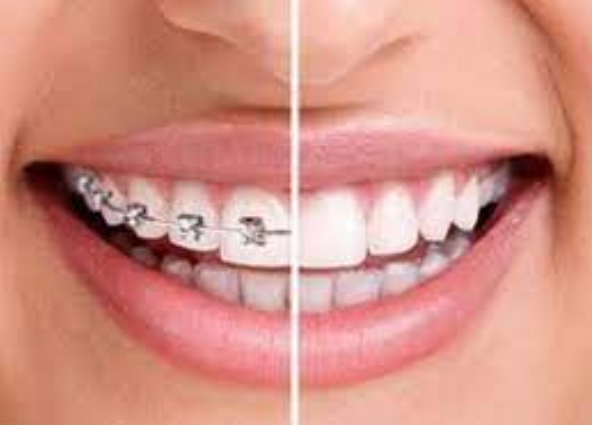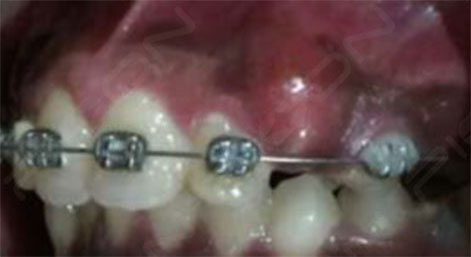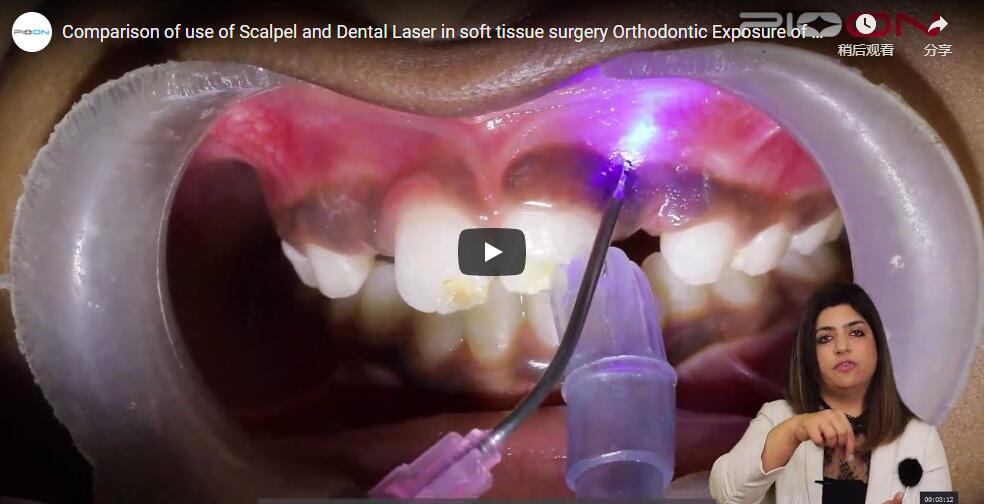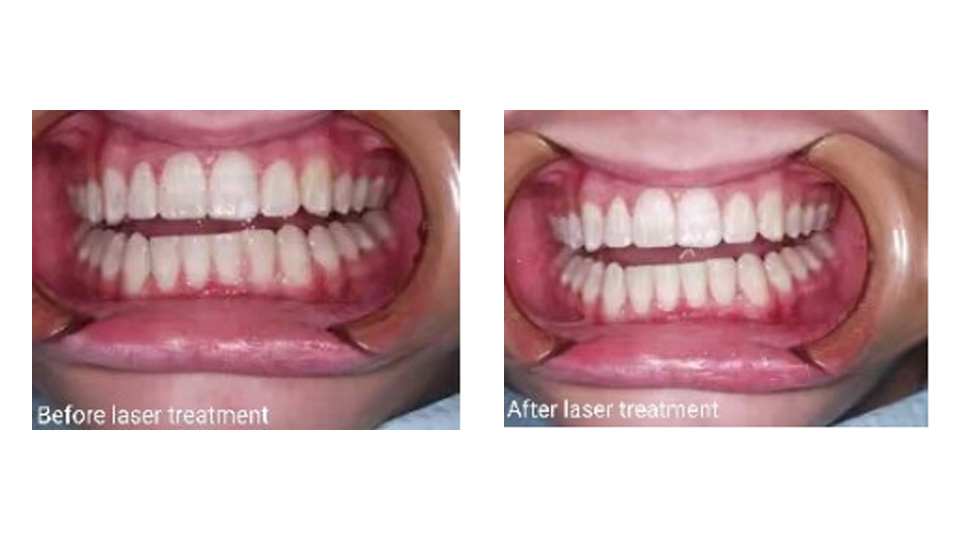
Applications of Pioon Diode Laser in Orthodontic Treatment
Because the light from a diode laser isn’t absorbed well by hard tissue, it’s excellent for procedures involving the soft tissues in your mouth like your gums, as it gives us maximum precision and won’t damage the teeth.
